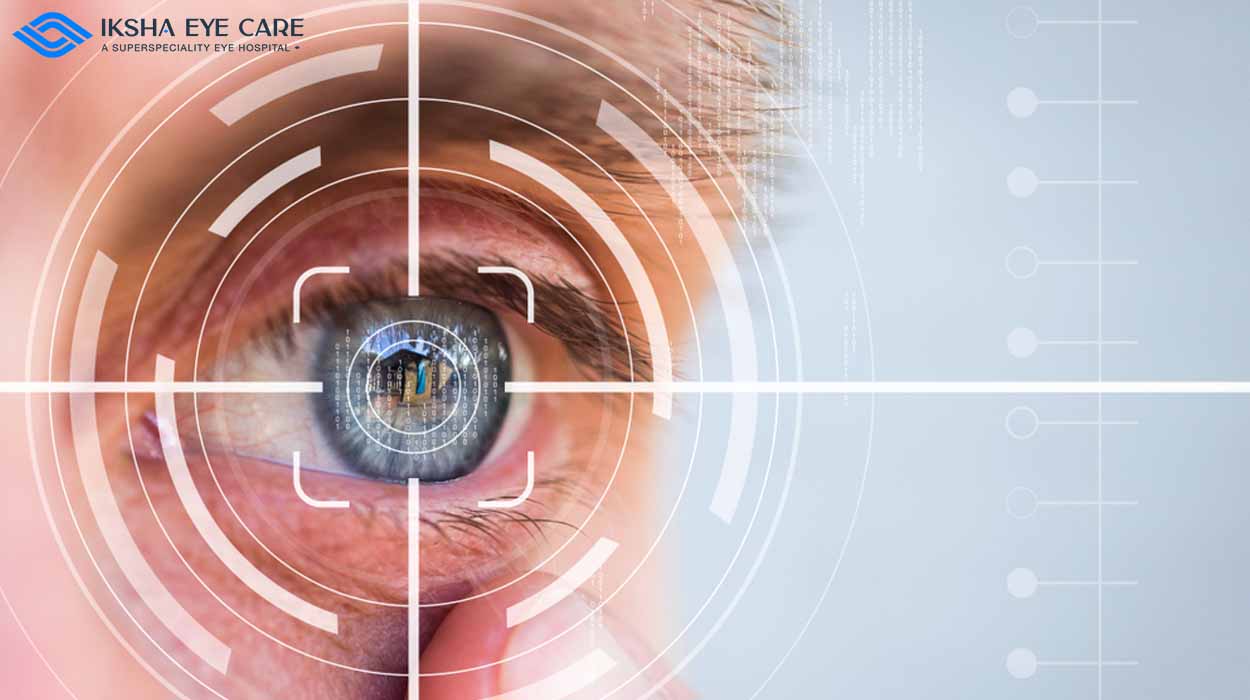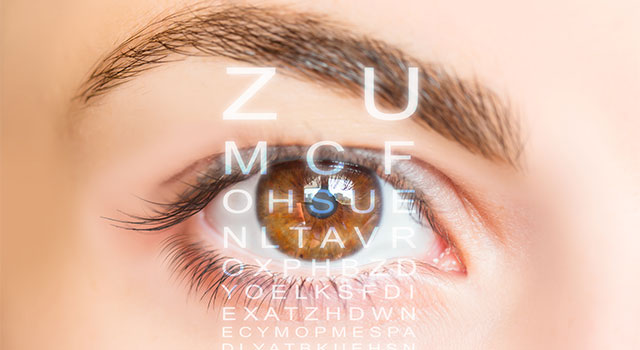Advanced Refractive Surgeries in AL for Improved Vision
Advanced Refractive Surgeries in AL for Improved Vision
Blog Article
Exploring the Cutting-Edge Technologies Used for Vision Correction
In the ever-evolving landscape of vision improvement modern technologies, a world where advancement and precision merge, a myriad of sophisticated improvements have reshaped the opportunities for improving visual skill. From the complex realm of innovative laser treatments to the realm of artificial knowledge applications and gene treatment developments, the field proceeds to push boundaries and redefine what was when thought to be unattainable. With each innovation comes the possible to transform just how we view and address vision-related obstacles, providing an alluring peek right into a future where clearness and accuracy preponderate.
Advanced Laser Treatments

One more innovative laser procedure getting appeal is PRK (Photorefractive Keratectomy) This technique includes eliminating the external layer of the cornea before reshaping it with a laser. While the healing time for PRK is much longer contrasted to LASIK, it can be a far better option for individuals with slim corneas or various other corneal abnormalities. Both LASIK and PRK have high success prices in improving vision and are considered risk-free and trusted methods for vision adjustment.

Implantable Tools Technology
Developments in implantable gadgets are improving the landscape of vision correction, providing brand-new opportunities for people seeking permanent options to refractive mistakes. These sophisticated devices, such as phakic intraocular lenses (IOLs) and implantable collamer lenses (ICLs), are designed to fix a large range of refractive mistakes, consisting of nearsightedness, hyperopia, and astigmatism. Unlike traditional glasses or contact lenses, implantable devices offer a more long-term option by being put inside the eye to remedy vision.

Wavefront Modern Technology Enhancements
The advancement of wavefront modern technology in vision correction has actually revolutionized the accuracy and modification of refractive treatments. By making use of innovative wavefront sensing units, this innovation permits a comprehensive analysis of the eye's unique aberrations, enabling eye doctors to customize treatments with unprecedented accuracy. Wavefront-guided LASIK, for instance, goes past standard techniques by dealing with not just usual refractive errors like nearsightedness, farsightedness, and astigmatism but additionally higher-order aberrations that can influence visual quality.
One key enhancement in wavefront technology is the advancement of personalized therapy strategies based on specific eye measurements. This degree of customization makes sure that each procedure is tailored to resolve the particular blemishes of the client's eye, causing improved visual end results and patient contentment. Additionally, constant innovations in wavefront innovation have caused improved analysis capacities, permitting extra specific pre-operative analyses and post-operative analyses to check the performance of the procedure. Generally, these improvements in wavefront technology have actually considerably contributed to the improvement and effectiveness of vision correction procedures, offering individuals a greater degree of aesthetic skill and top quality post-treatment.
Expert System Applications
With the progression of wavefront modern technology in vision improvement leading the way for tailored therapies, the combination of synthetic intelligence applications is currently poised to further boost accuracy and efficiency in refractive treatments. Man-made intelligence (AI) brings a brand-new level of sophistication to the area by examining large quantities of data to boost decision-making procedures during vision modification surgical treatments. AI algorithms can help ophthalmologists in pre-operative preparation by predicting the optimum treatment criteria based on specific patient information, such as this hyperlink corneal thickness, refractive mistake, and other appropriate factors. Throughout the medical procedure, AI can dynamically readjust treatment specifications in real-time, taking full advantage of the precision of the adjustment. Post-operative monitoring and modification can additionally profit from AI applications, ensuring much better end results and reduced risks of issues. By leveraging AI in vision improvement procedures, ophthalmologists can provide individuals individualized treatments that are not only much more exact yet additionally customized to their unique visual needs, eventually causing improved client fulfillment and aesthetic results.
Gene Treatment Developments
Recent innovations in gene treatment have Continue actually ushered in a brand-new era of accuracy medicine, revolutionizing the landscape of clinical treatments. In the world of vision correction, gene therapy breakthroughs supply promising options for different hereditary eye conditions. By targeting specific genetics responsible for problems like retinitis pigmentosa, Leber congenital amaurosis, and other genetic retinal diseases, genetics treatment aims to resolve the source of these problems at a molecular level.
One remarkable advancement in gene treatment for vision improvement is Luxturna, approved by the FDA in 2017. Luxturna is a pioneering genetics therapy treatment for people with inherited retinal diseases brought on by anomalies in the RPE65 gene. Through the shipment of a useful copy of the RPE65 gene into retinal cells, Luxturna has revealed substantial improvements in vision for clients with these genetic problems.
As study in genetics treatment continues why not try this out to advance, the capacity for tailored therapies for a variety of hereditary eye problems expands exponentially, providing expect enhanced vision results and high quality of life for afflicted people.
Verdict
To conclude, the field of view improvement is frequently evolving with making use of cutting-edge technologies such as advanced laser treatments, implantable tools, wavefront modern technology, expert system, and genetics therapy. retina service near me. These developments have revolutionized the way vision concerns are resolved, using more accurate and effective solutions for people. As innovation remains to advancement, we can anticipate a lot more advancements in the future that will certainly additionally enhance the quality of vision improvement therapies
Report this page